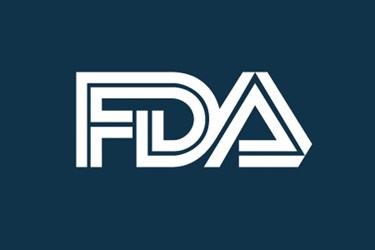FDA Details Labeling Requirements For MTB-Complex Testing Devices
By Nick Otto

Manufacturers of nucleic acid-based in vitro diagnostic devices used for the detection of Mycobacterium tuberculosis complex (MTB-complex) should take a variety of steps to prevent false-negative and false-positive results, according to recommendations from an FDA Class II special controls guidance.
In the new guidelines, the FDA asks device makers to conduct a risk analysis prior to submitting a premarket notification that identifies any other risks specific to their device.
The guidelines also require the premarket submission to include what risk analysis method was used.
Also detailed in the guidelines are some of the clinical study principles that device manufacturers should adhere to, including but not limited to, geographic site requirements; reference method testing; and how the collection, transport, and testing of specimens should be completed.
In addition, the FDA asks that the 510(k) submission include descriptions on how “positive, negative, equivocal (if applicable), or invalid results are determined,” and how those results should be interpreted. Further, the submission needs to include the cut-off values for all outputs of the assay and include the following information:
- In particular, the cut-off value for defining a negative result of the assay must be provided. If the assay has only two output results (e.g., detected and not detected), this cut-off also defines a positive result of the assay.
- If the assay has an equivocal zone, the manufacturer must provide cut-off values (limits) for the equivocal zone.
- If the assay has an invalid result, device makers must describe how an invalid result is defined.
The new guidelines also include labeling requirements should the devices require retesting of equivocal results during normal operation. These labeling requirements include:
- A recommendation for if the retesting should be repeated from the same nucleic acid preparation, a new extraction, or a new patient specimen
- An algorithm for defining a final result by combining the initial equivocal result and the results after retesting
The FDA goes on to note that all contraindications, precautions, and limitations should also be included on the labeling, and at a minimum, include populations where the device may perform differently.
